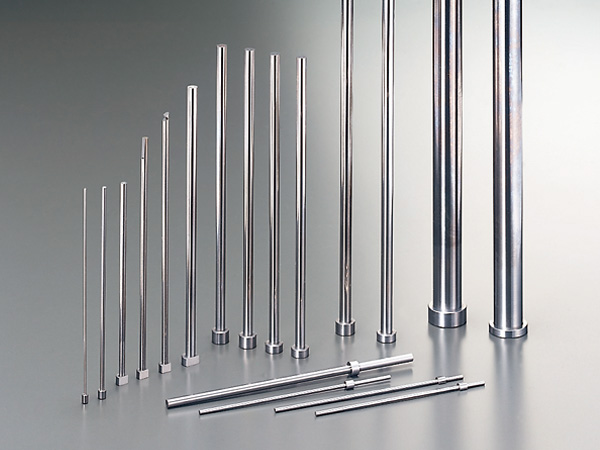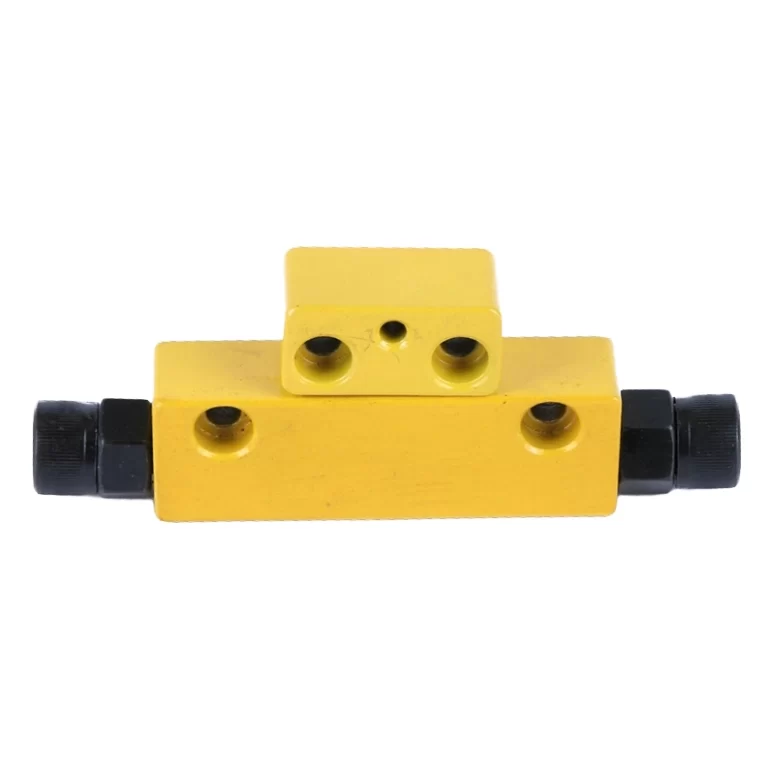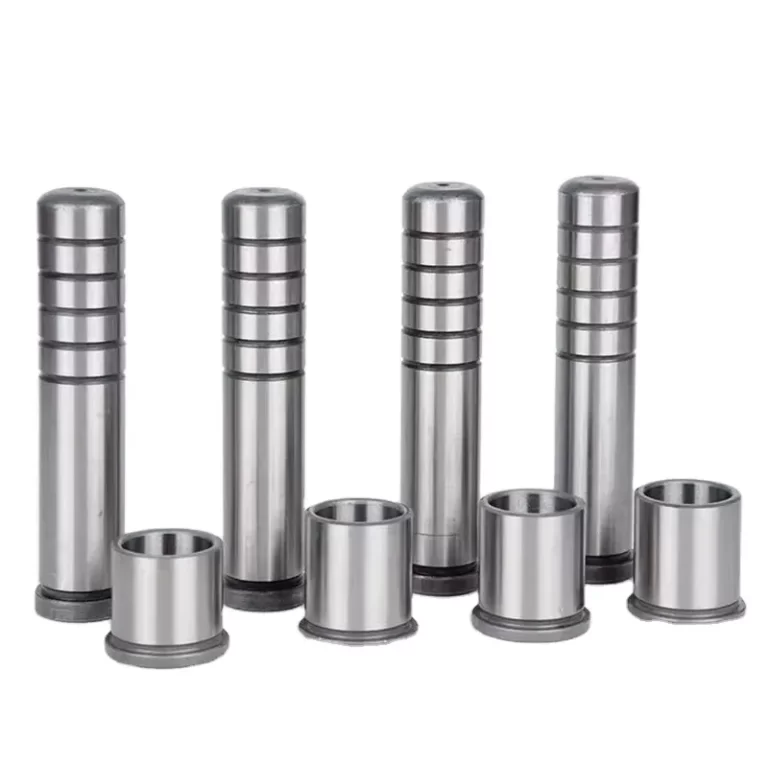Plastic Molding Processes – Choosing the Right Plastic Molds for Different Products
The plastic molding process encompasses various methods, with plastic molds being the collective term for all molds used in plastic product molding. Understanding the processes allows you to determine the specific plastic molds needed for your products, bearing in mind that the prices of molds can vary significantly across different techniques.
Plastic molding, the process of transforming polymer materials into final plastic products, involves several methods such as vacuum forming, compression molding, extrusion molding, injection molding, blow molding, as well as calendaring and dip molding (as seen in PVC soft plastic products).
(1) Injection Molding: Injection molding, also known as injection molding, involves using an injection machine to inject molten thermoplastic into a mold at high pressure. The cooled and solidified product is then obtained. This method is applicable to both thermoplastic and thermosetting plastics. Injection molding boasts high production speed, efficiency, and automation capability, making it suitable for mass production. However, it comes with the drawbacks of high equipment and mold costs and challenging machine cleaning.
(2) Vacuum Forming: Vacuum forming refers to heating sheet materials with a vacuum machine, allowing them to adhere to the surface of a mold through negative pressure. After cooling and shaping, the result is variously shaped covers or shells.
(3) Compression Molding: Compression molding, also known as molding or pressing, is mainly used for the molding of thermosetting plastics like phenolic resin, urea-formaldehyde resin, and unsaturated polyester resin.
(4) Extrusion Molding: Extrusion molding, or extrusion, involves using an extrusion machine (extruder) to continuously pass heated resin through a mold to extrude products of the desired shape. This method is sometimes used for thermosetting plastics and foam plastics. It excels in producing various-shaped products with high efficiency, automation, and continuous production. However, it is limited in processing thermosetting plastics, and dimensional deviations may occur in the final products.
(5) Blow Molding: Blow molding, also known as hollow blow molding or hollow molding, uses compressed air pressure to expand and shape the resin preform closed in the mold into a hollow product. This includes blow molding thin films and blow molding hollow products, such as various bottles, jars, and toys.
(6) Calendering: Calendering involves processing resin and various additives through pre-treatment (kneading, filtering, etc.) and then passing them through the gap between two or more opposing calender rolls. The resulting film or sheet is peeled off the calender rolls, cooled, and shaped.
(7) Foam Molding: Foam molding introduces appropriate foaming agents into foam materials (PVC, PE, PS, etc.), creating a microcellular structure in the plastic. Virtually all thermosetting and thermoplastic plastics can be made into foam plastics, categorized into open-cell foam plastics (most air holes are interconnected) and closed-cell foam plastics (most air holes are separated). The manufacturing method (chemical foaming, physical foaming, and mechanical foaming) determines the foam’s pore structure.
(8) Dip Molding: Dip molding technology takes advantage of the state-changing characteristics of thermoplastic polymers, which exhibit both fluidity and solidification under specific conditions. Using a dispensing machine, the material is shaped into the desired form in its fluid state and then solidified at room temperature. This is commonly used for PVC soft plastic, silicone, trademarks, souvenirs, handicrafts, and daily products.
Understanding these molding processes enables a strategic approach to choosing the right plastic molds for specific products. Each method has its unique advantages and considerations, emphasizing factors such as production volume, complexity, and material characteristics.







